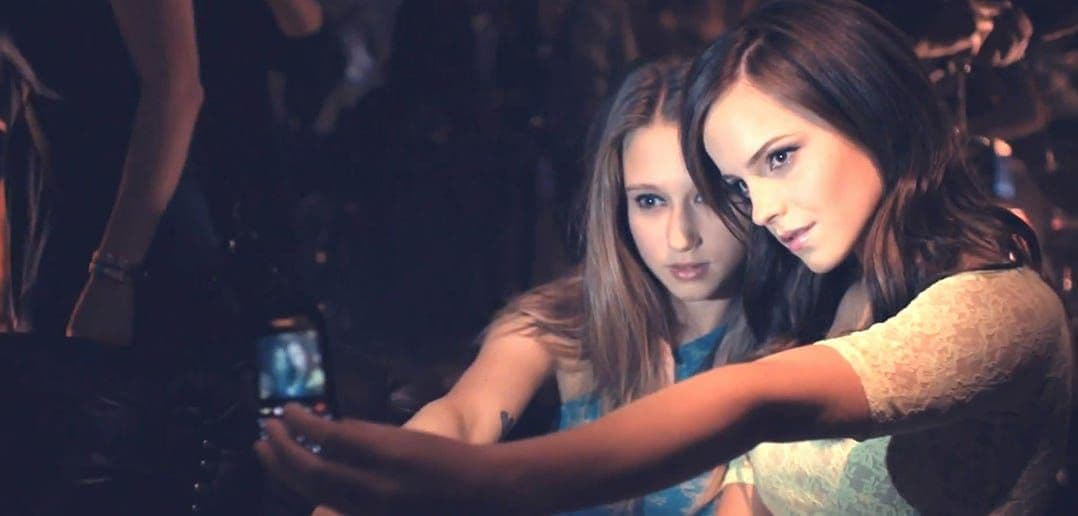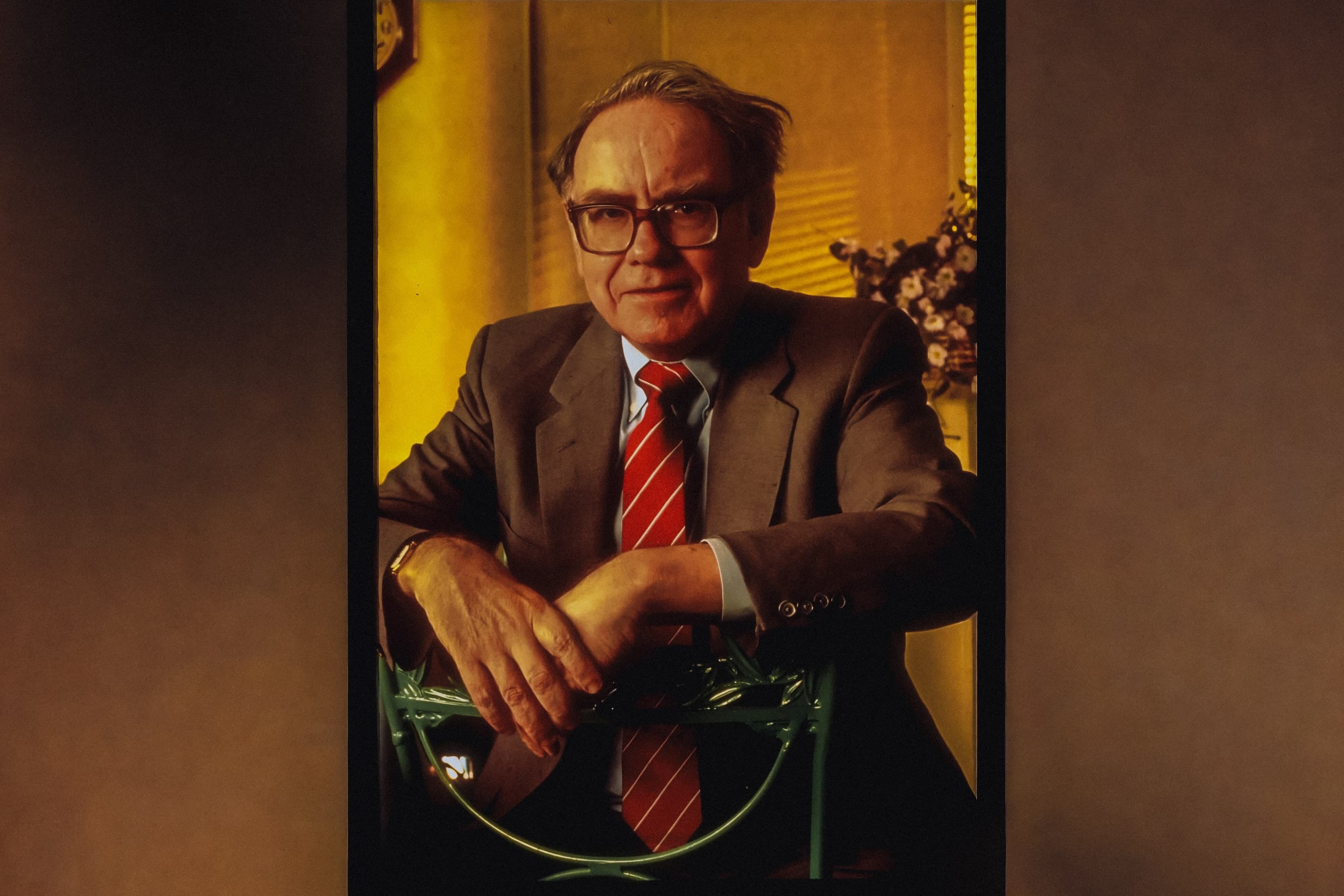Another quick note, I’ve decided to experiment with a brief library of links at the bottom of each week’s wire. I’ll be including noteworthy tweets, longer form pieces, and news stories I find interesting or important. In the future, feel free to scroll straight down for the links, or read the wire and ignore the links, or unsubscribe and send me hate mail. I don’t care what you call me, baby. Just call me.
As ever, feel free to comment on this week’s wire below, or let me know what you think about the link library, Pirate Waves, or whatever else is going on inside that beautiful mind of yours.
Okay, back to regularly scheduled programming.



